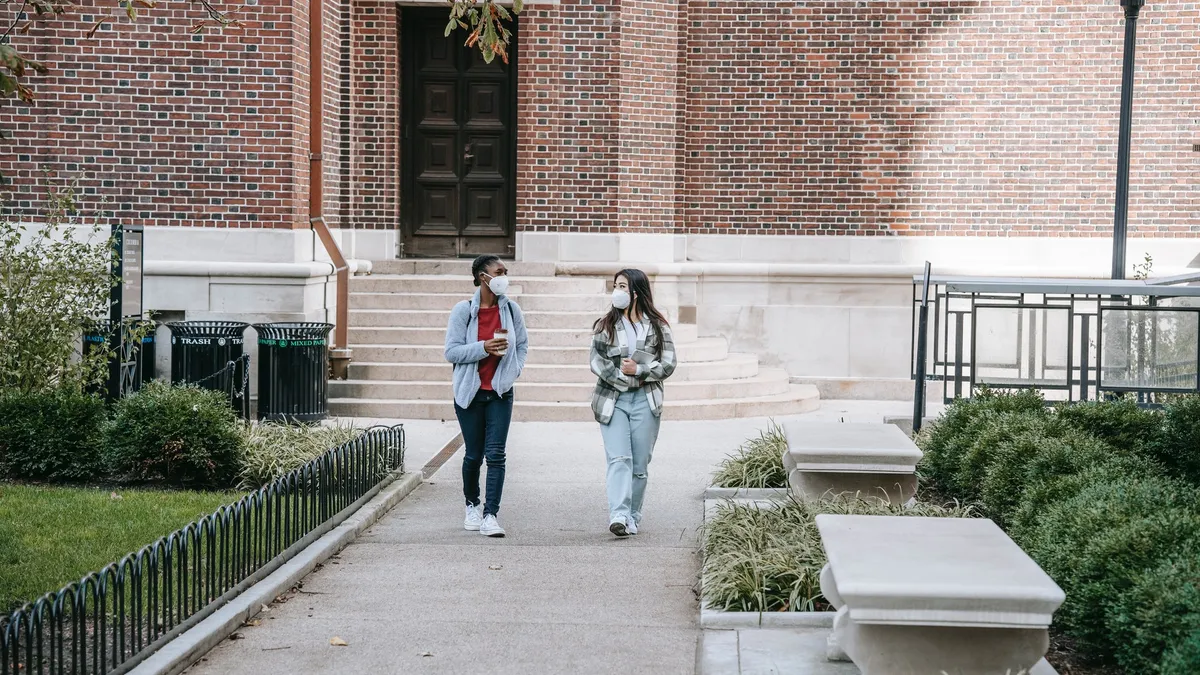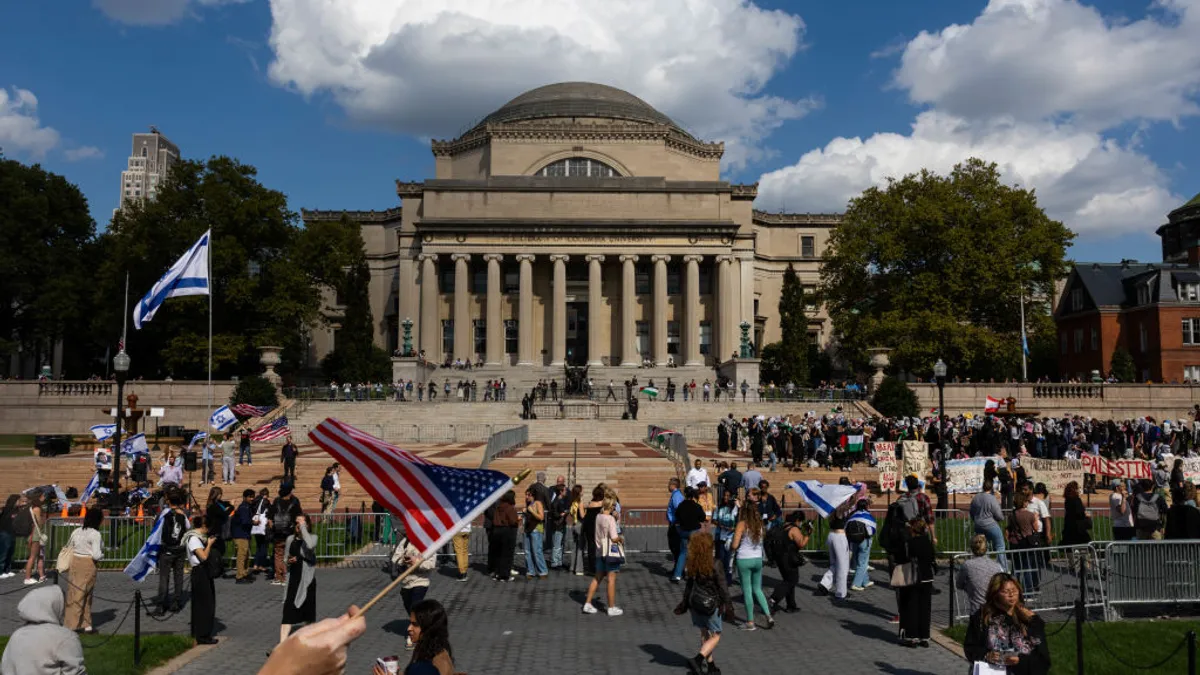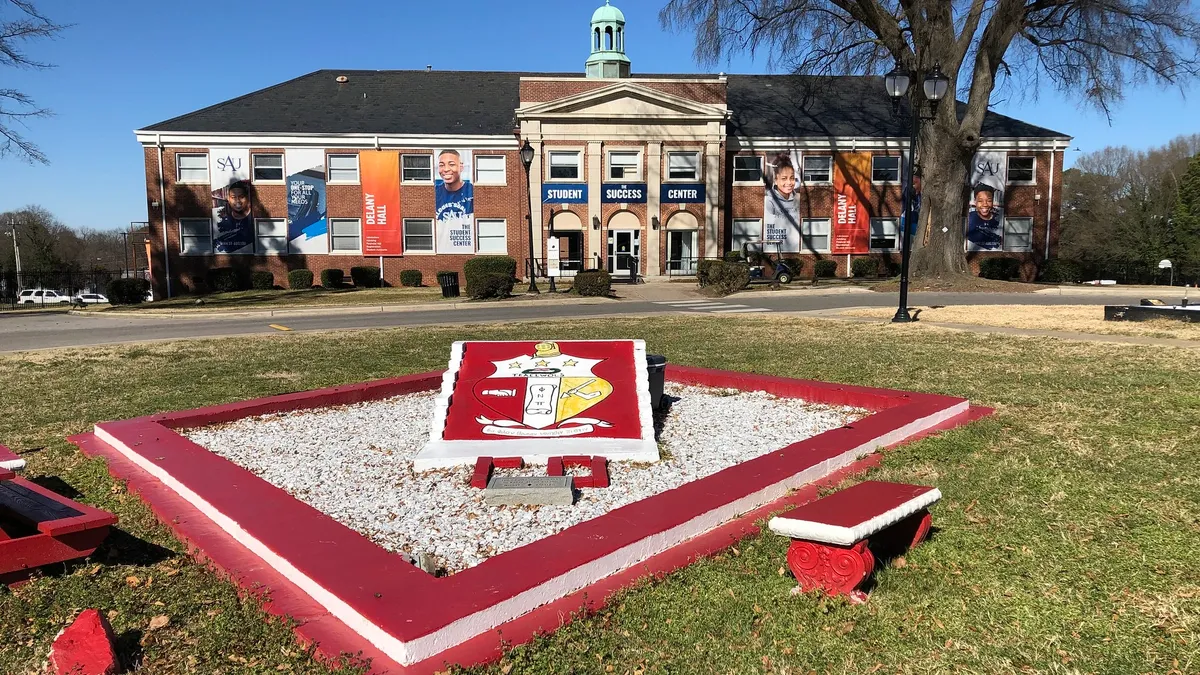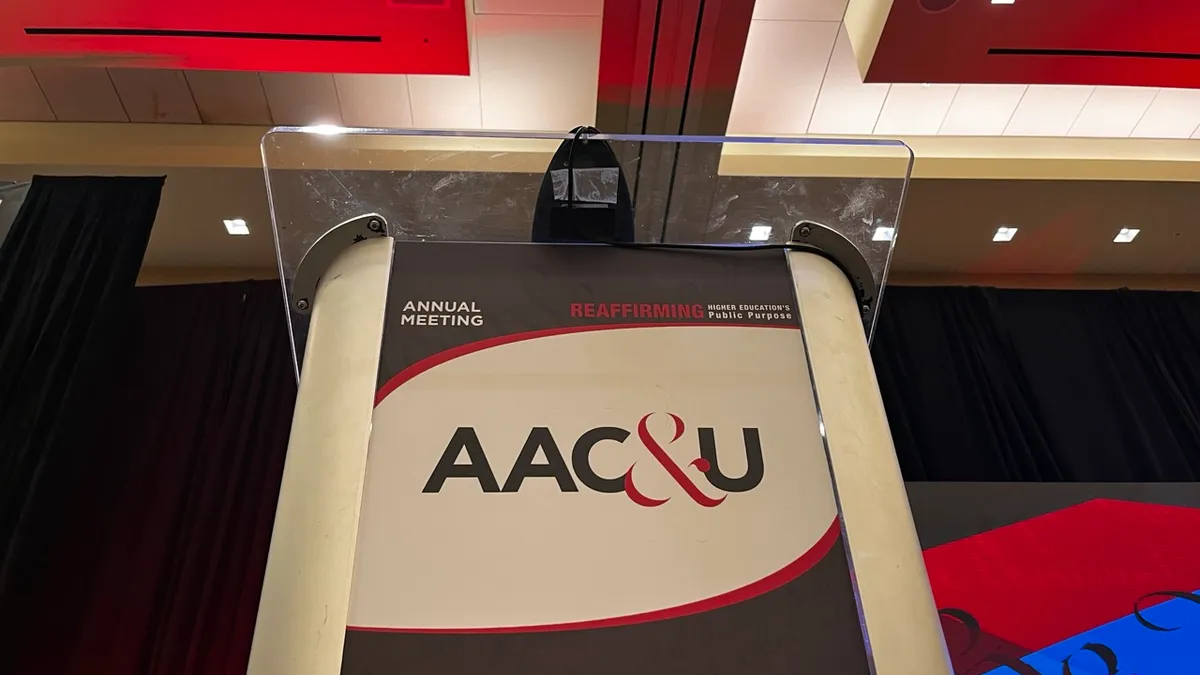The coronavirus pandemic has exacerbated long-running issues in the community college sector. Enrollment has been falling for years at two-year schools, but it nosedived this fall. State lawmakers, meanwhile, are grappling with strapped budgets by pulling back funding for higher education.
Community colleges face a choice between continuing to rely on state and local governments for wavering support and seeking new revenue sources on their own. Yet when they pick the latter, they're often accused of selling out to business interests.
That doesn't have to be the case, author and consultant Carrie Kisker argues in a new book called "Creating Entrepreneurial Community Colleges." She offers up the concept of design thinking as one method these schools can use to find new funding streams without compromising their missions.
Many organizations put their own spin on design thinking, but put simply, it's a step-by-step process for creative problem-solving. People implementing a change within an organization empathize with stakeholders by listening to their needs before pitching and testing ways to best address them, Kisker explains.
Higher Ed Dive talked with Kisker, who is also a director of the Center for the Study of Community Colleges, in Los Angeles, about how these schools are using this process to launch new programs and services for students and deal with lower levels of public support.
Editor's note: This interview has been edited for clarity and brevity.
HIGHER ED DIVE: Community colleges are constantly being asked to do more with less. Why do you think design thinking is the right approach to help them forge a new path?
CARRIE KISKER: We can't serve students in the long run if we don't make sure we are around. To me, it's become existential. If we want to be able to carry out our mission, we have to change the way we do things. Design thinking is an easy-to-understand approach to doing this.
It can head off one of the major critiques of an increased focus on entrepreneurship, which is that the colleges are just going to start chasing money. Rather, the process can help colleges remain mission-oriented in their pursuit of financial stability and longevity. It does that by starting with stakeholders' needs and then checking at every step of the process to ask, "Are we meeting your needs?"
For a community college, the list of stakeholders is extensive, including faculty, staff, governing boards and the local community. How can all those voices be heard?
It would be useful to take an ethnographic approach. That means talking with all of these stakeholders about their needs and what they would like to see happen, and then going back to them with ideas and prototypes of solutions and saying, "Are these doing what you hoped? If not, how can we reformulate?"
Your book focuses on four community colleges that have used design thinking to find new revenue streams that align with their missions. What do you think is usually the most difficult part of this process?
A lot of the examples in the book are directly tied to workforce training. I'm particularly thinking of the very short-term skilled training programs Valencia College (in Florida) has been developing.
They've received a lot of pushback from faculty who feel like anything less than an associate degree is not serving students or not giving them the background in the liberal arts that they're going to need to succeed later on, or beyond that first job. They've had to work hard at Valencia and at other institutions to overcome the sense that anything less than what we've always done — in terms of time or number of credits and so forth — is not effectively preparing students.
That narrative has to be changed to: What happens in the future may not look exactly like what has happened in the past. And that is a good thing because the jobs of the future require training that is different from what we've provided in the past.
It's going to be a long process of making faculty, in particular, comfortable with that and helping them see a role for themselves in providing this new kind of education. Often when faculty see something new like this — especially if adjuncts are brought in from the business community — they see that as being cut out. We need to make sure colleges are working with their faculty to design these programs and to show there's a place for them.
In the book, you frame resistance as an opportunity to improve ideas.
Resistance is often characterized as negative, but often that's where colleges learn the most. It's a signal that something isn't working for the stakeholders. Rather than seeing all resistance as, "Well, you're not going to approve of this. You're fighting me just because I'm an administrator," try to listen to what the person is resisting. Can we hear that without being defensive and then incorporate that feedback into the design of whatever project we're doing?
Resistance can be the most helpful piece of the project, as long as it's not resistance just for the sake of resistance.
How can administrators sense at which point resistance is no longer rooted in a real concern but rather a fear of change?
You can't define it but you know it when you see it. The people who are resisting a particular idea or solution need to be very careful to think about where that resistance is coming from. In the same breath, those who are hearing that resistance need to work hard to understand the root of where it's coming from, because oftentimes it's indicative of some underlying fear.
What is the first step to creating a culture where faculty members and other stakeholders are rewarded for thinking creatively and taking risks about new programs?
Kate Smith, the interim president of Rio Salado College, put it nicely when I asked her a similar question for the book. She said the first thing she would want at the beginning of any initiative is to have an idea fail and hold that up and say: "Hey, it just didn't work as any of us intended, but aren't we so glad we tried it. Now we'll see what we can learn from it." It celebrates the failure as a step toward what we hope to achieve, rather than something that sets us backward in that process.
How does the pandemic fit into this?
Colleges that weren't already starting to think about how they can better serve students in entrepreneurial ways are going to be forced to because budgets and enrollment are severely down. It's forcing them to move in this direction faster. It's taken what was already an existential problem and made it an immediately existential problem.























